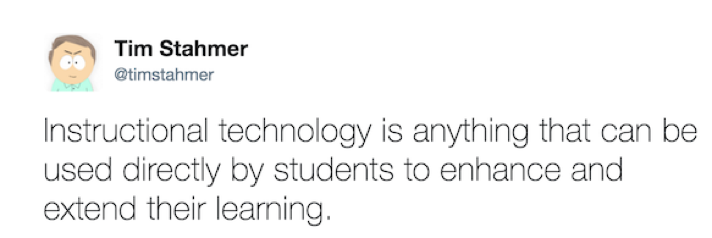The Virginia Society for Technology in Education (VSTE) has drafted new Technology Standards for Instructional Personnel (TSIP).
These standards update the original 1998 standards (http://lis.virginia.gov/cgi-bin/legp604.exe?000+reg+8VAC20-25-30) and represent base level skills that every educator must meet in order to be considered proficient in the use of technology for teaching and learning.
We welcome your feedback on these standards. You can review the standards here and then complete a short survey.








